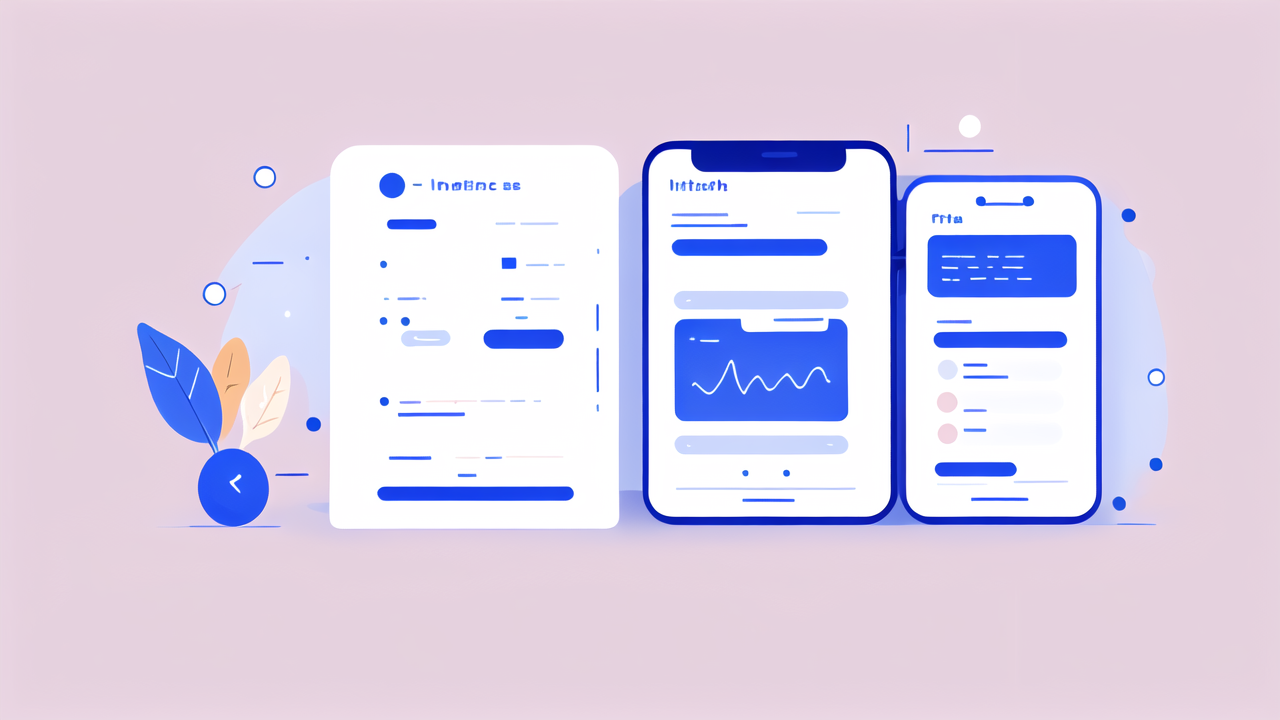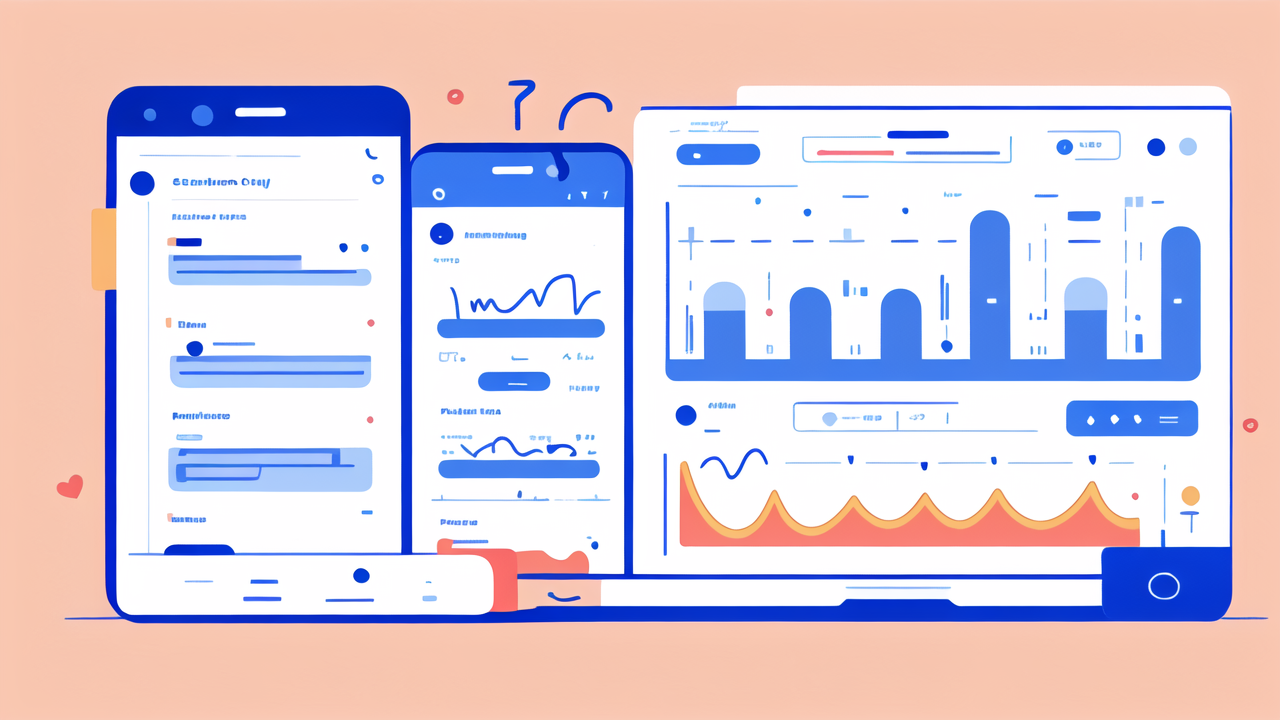The Importance of Monitoring Body Measurements for Optimal Health
Understanding the Basics of Body Measurement Tracking
Body measurement tracking is a key tool for monitoring health and fitness progress. It involves

regularly recording various physical measurements. These may include weight, body fat percentage,
and muscle mass. Other important metrics are waist circumference and body mass index (BMI).
Tracking these measurements helps individuals understand their body composition. It provides
insights into overall health and fitness levels. Regular tracking can reveal trends and changes
over time. This information is valuable for setting realistic goals and adjusting fitness plans.
Many devices, like the Fila watch, now offer easy ways to track these measurements. They provide
user-friendly interfaces and automatic data logging. This makes it simpler for people to maintain
consistent records of their body measurements.
Why Regular Measurements Are Key to Health and Wellness
Regular body measurements play a crucial role in maintaining good health. They provide objective
data about one's physical condition. This data helps in early detection of potential health issues.
For example, changes in waist circumference can indicate increased risk of heart disease. Sudden
weight gain or loss might signal underlying health problems. Regular tracking allows for timely
interventions and lifestyle adjustments.
Moreover, consistent measurements motivate individuals to stick to their health goals. Seeing
progress, even small changes, can boost morale and encourage continued efforts. It also helps in
fine-tuning diet and exercise plans for better results.
Devices like the Fila watch make regular tracking convenient. They often come with reminders and
easy-to-read progress reports. This encourages users to maintain consistent measurement routines.
The Role of Body Measurement Tracking in Personalized Healthcare
Body measurement tracking is becoming increasingly important in personalized healthcare. It provides
healthcare providers with valuable data for tailoring treatment plans. This data helps in creating
more effective, individualized health strategies.
For instance, tracking body fat percentage can help in managing conditions like diabetes. Monitoring
muscle mass is crucial for older adults to prevent sarcopenia. BMI trends can guide nutritional
interventions for weight management.
Wearable devices, including some Fila watch models, can share this data with healthcare providers.
This allows for remote monitoring and timely interventions. It bridges the gap between clinic visits,
enabling continuous care.
Personalized healthcare based on regular body measurements can lead to better health outcomes. It
empowers individuals to take an active role in managing their health. This approach can potentially
reduce healthcare costs and improve quality of life.
Technological Advancements in Body Measurement Tracking
Innovations in Wearable Technology for Body Measurements
Wearable technology has revolutionized body measurement tracking. Devices like smartwatches and

fitness trackers now offer advanced measurement capabilities. These include heart rate monitoring,
sleep tracking, and even body composition analysis.
Some wearables, like certain Fila watch models, use bioelectrical impedance analysis (BIA). This
technology estimates body fat percentage and muscle mass. Others use photoplethysmography (PPG)
sensors for continuous heart rate monitoring.
Advanced sensors in these devices can track various health metrics throughout the day. They provide
real-time data on physical activity, calorie burn, and even stress levels. This continuous monitoring
offers a more comprehensive view of one's health status.
Wearable technology is becoming more accurate and user-friendly. Many devices now offer long battery
life and water resistance. This makes them suitable for constant wear, ensuring consistent data
collection.
The Integration of AI and Machine Learning in Measurement Tracking
Artificial Intelligence (AI) and Machine Learning (ML) are transforming body measurement tracking.
These technologies analyze vast amounts of data to provide meaningful insights. They can identify
patterns and trends that might not be apparent to human observers.
AI algorithms can predict health risks based on body measurement data. For example, they might
detect early signs of heart disease or diabetes. This allows for preventive measures to be taken
before serious health issues arise.
Machine Learning models improve over time as they process more data. This means the accuracy and
relevance of health insights continue to increase. Some Fila watch models may incorporate these
technologies for more personalized health recommendations.
AI and ML also enable more sophisticated data visualization. They can present complex health data
in easy-to-understand formats. This helps users make informed decisions about their health and
fitness goals.
How Mobile Apps Are Shaping the Future of Health Data Management
Mobile apps play a crucial role in modern body measurement tracking. They serve as central hubs
for collecting, storing, and analyzing health data. Many of these apps sync with wearable devices,
including Fila watches, for seamless data integration.
These apps often provide user-friendly interfaces for viewing health metrics. They can display
trends over time, set goals, and track progress. Some apps offer features like meal logging and
workout planning to complement measurement tracking.
Mobile health apps are increasingly offering social features. Users can share achievements,
participate in challenges, and connect with health professionals. This social aspect can increase
motivation and adherence to health goals.
Advanced apps use data analytics to provide personalized health insights. They might suggest
lifestyle changes based on measurement trends. Some can even integrate with healthcare systems for
better coordination of care.
Implementing Body Measurement Tracking in Various Sectors
The Impact of Body Measurement Tracking in the Healthcare Industry
Body measurement tracking is transforming the healthcare industry. It provides healthcare

professionals with more comprehensive patient data. This data enables more accurate diagnoses and
personalized treatment plans.
Hospitals and clinics are integrating wearable devices into patient care. These devices, which may
include Fila watches, allow for remote monitoring of patients. This is especially useful for
managing chronic conditions and post-operative care.
Preventive healthcare benefits greatly from body measurement tracking. Regular monitoring can
detect early signs of health issues. This allows for timely interventions, potentially reducing
the need for more intensive treatments later.
The healthcare industry is also using this data for population health management. Analyzing trends
across large groups can inform public health strategies. It can help identify risk factors and
guide resource allocation in healthcare systems.
The Integration of Body Measurement Tracking in Fitness and Wellness Programs
Fitness and wellness programs are increasingly incorporating body measurement tracking. Gyms and
fitness centers often use these tools to enhance member experiences. They provide more personalized
workout plans based on individual body composition data.
Many fitness apps now integrate with wearable devices for comprehensive tracking. They combine
workout data with body measurements for more accurate progress tracking. This integration helps
users understand the impact of their fitness routines on their body composition.
Wellness programs in corporate settings are also adopting this technology. Companies use body
measurement tracking to promote employee health. It can be part of initiatives to reduce healthcare
costs and improve productivity.
Personal trainers and nutritionists use these tools to tailor their services. They can provide
more targeted advice based on clients' ongoing measurement data. This leads to more effective and
personalized fitness and nutrition plans.
Best Practices for Implementing Body Measurement Tracking in Workplaces
Implementing body measurement tracking in workplaces requires careful planning. Privacy and data
security should be top priorities. Companies must ensure that employee health data is protected
and used ethically.
Clear communication about the purpose and benefits of tracking is crucial. Employees should
understand how the data will be used and its potential impact on their health. Participation
should be voluntary and free from any form of coercion.
Providing proper training on using tracking devices, like Fila watches, is important. This ensures
that employees can accurately record their measurements. It also helps them interpret the data and
use it effectively for their health goals.
Offering incentives can encourage participation in workplace wellness programs. However, these
should be carefully designed to avoid discrimination. Rewards should focus on participation rather
than specific health outcomes.
Regular evaluation of the tracking program is necessary. This helps in assessing its effectiveness
and making necessary adjustments. Feedback from employees should be actively sought and
incorporated into program improvements.




Leave a comment
This site is protected by hCaptcha and the hCaptcha Privacy Policy and Terms of Service apply.